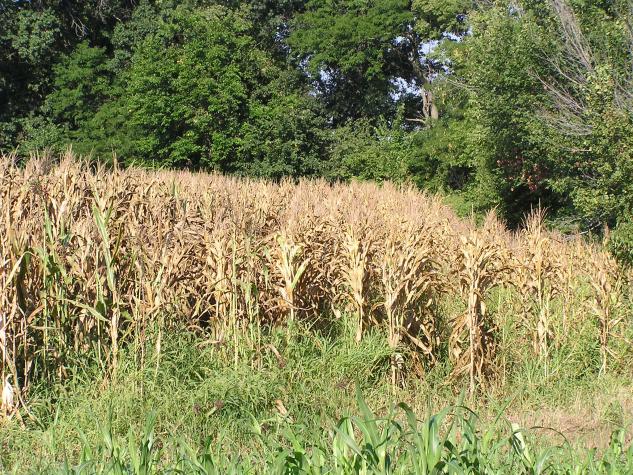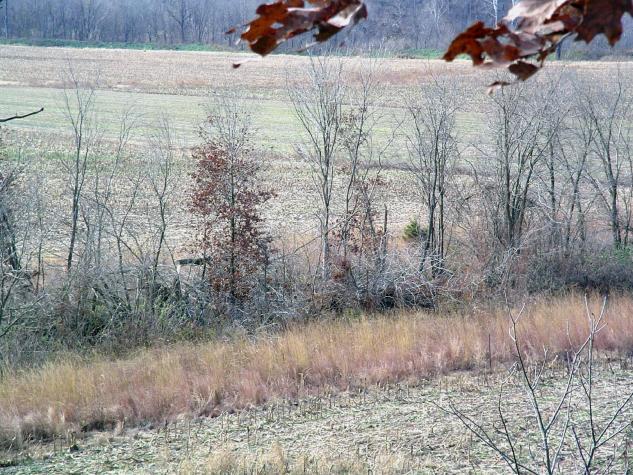COLUMBIA, Mo. - Weedy field borders and brushy fence lines may not be attractive to some people, but for many Missouri farm wildlife and game species, those places are prime real estate.
Bobwhite quail, cottontail rabbits and many songbird species thrive in areas composed of native grasses, weeds and small shrubs. These plant communities provide critical areas for nesting, brood-rearing and escaping from predators, said Bob Pierce, University of Missouri Extension fish and wildlife specialist. They also provide wildlife with food in the form of insects and seed-producing plants.
A new MU Extension guide outlines techniques for establishing these edge habitats and describes how they not only help wildlife but can have agronomic and economic benefits as well.
"Precision farming has demonstrated that these locations tend to be among the least productive areas of the field due to shade and competition from adjacent woodlands," said Pierce, co-author of "Field Borders for Agronomic, Economic and Wildlife Benefits."
Field edges next to mature woodlands may suffer yield reductions of 30 percent or more, making them unprofitable to plant, fertilize, treat with pesticides and harvest, Pierce said. Eligible landowners may receive rental or cost-share payments for converting certain croplands to wildlife habitat through state and federal conservation programs.
"Wildlife will respond to habitat-management practices that provide food and cover," Pierce said. Landowners can either plant a mixture of native grasses, legumes and shrubs, or establish field borders just by letting native vegetation take hold.
Research has shown that these field borders should be at least 30 feet wide for maximum benefit. "A 30-foot-wide strip that is one mile long totals only about three acres," Pierce said. "Although this is a trade-off for producing crops, the benefits to wildlife are tremendous."
The MU Food and Agricultural Policy Research Institute has studied detailed computer models of typical Missouri farms and found that at current crop prices many operations could see a modest revenue gain by enrolling underperforming acres in a conservation program.
Field borders also produce a lot of insects. That's good for quail chicks and turkey poults, which eat bugs during the nesting season, but it worries some crop producers. Will field borders bring pest insects to adjacent crops?
Studies indicate that field borders with recommended mixtures of grass and forbs won't hurt corn and soybean yields, Pierce said. The borders had no effect on the abundance of bean leaf beetles, a major soybean pest.
In addition, these borders can harbor large populations of predators and parasites of European corn borers. This may reduce the abundance of that pest in cornfields, notes Bill White, supervisor of the Missouri Department of Conservation's private lands programs.
Borders can protect more than just the plants, White said. "Damage to combines and other equipment from overhanging tree limbs is eliminated when field borders are planted along wooded fence lines."
Management of a field border is simply a matter of keeping these areas in an early stage of plant succession, Pierce said. Landowners can accomplish this through such practices as strip disking, prescribed burning and herbicide applications.
By connecting hedgerows, brushy fence rows and ditch banks to areas such as woodlots and grasslands, landowners can create a network of habitats, making the land more attractive to birds and other wildlife. Rather than mowing these areas every year, Pierce suggests allowing them to grow up in natural vegetation such as blackberries, sumac, sassafras, grape vines and wild plum.
For more information, see MU Extension guide "Field Borders for Agronomic, Economic and Wildlife Benefits" (G9421).

